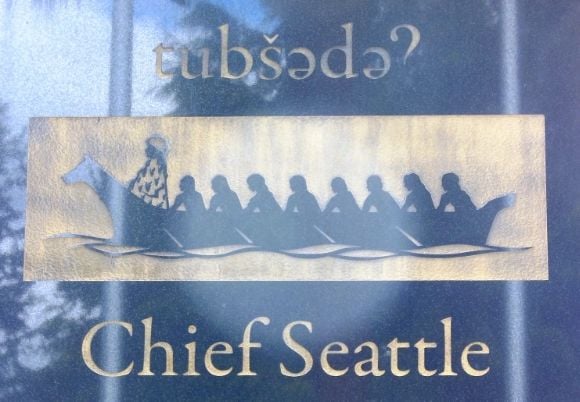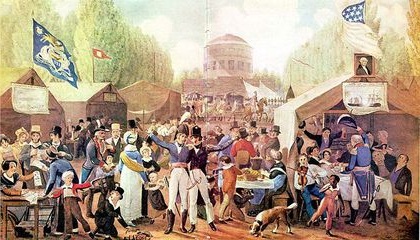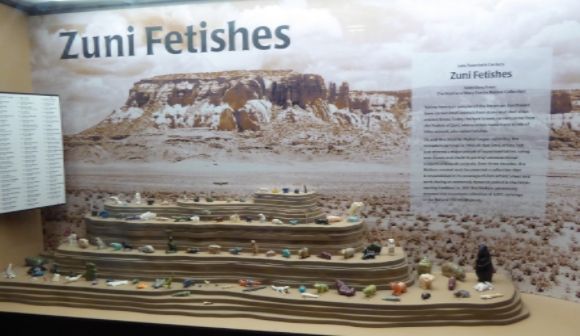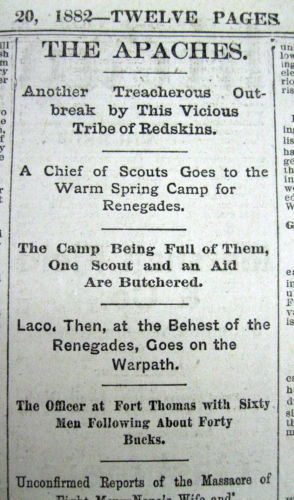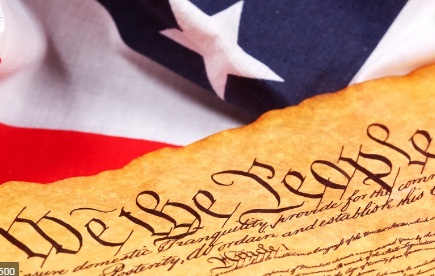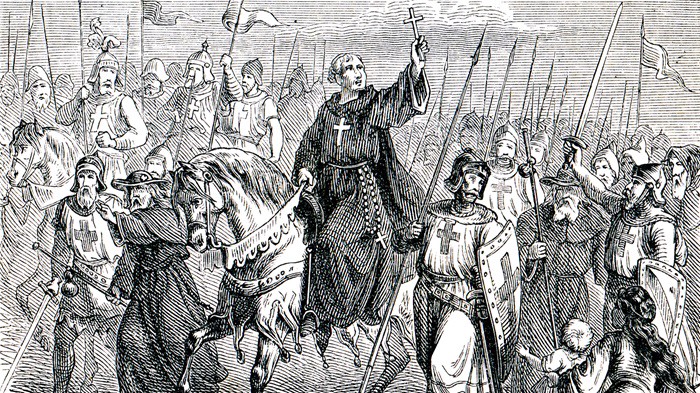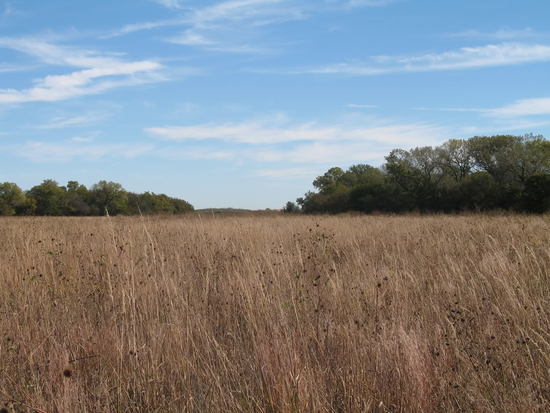Chief Sealth (Seattle)
Sealth was born about 1786. His father, Schweabe, was Suquamish and his mother, Scholitza, was Duwamish. As a young boy in 1792, he witnessed the arrival of the first Europeans: British Captain George Vancouver entered Puget Sound and traded with the Suquamish. Among the Salish-speaking tribes of the Northwest Coast, children often seek spiritual helpers … Continued
